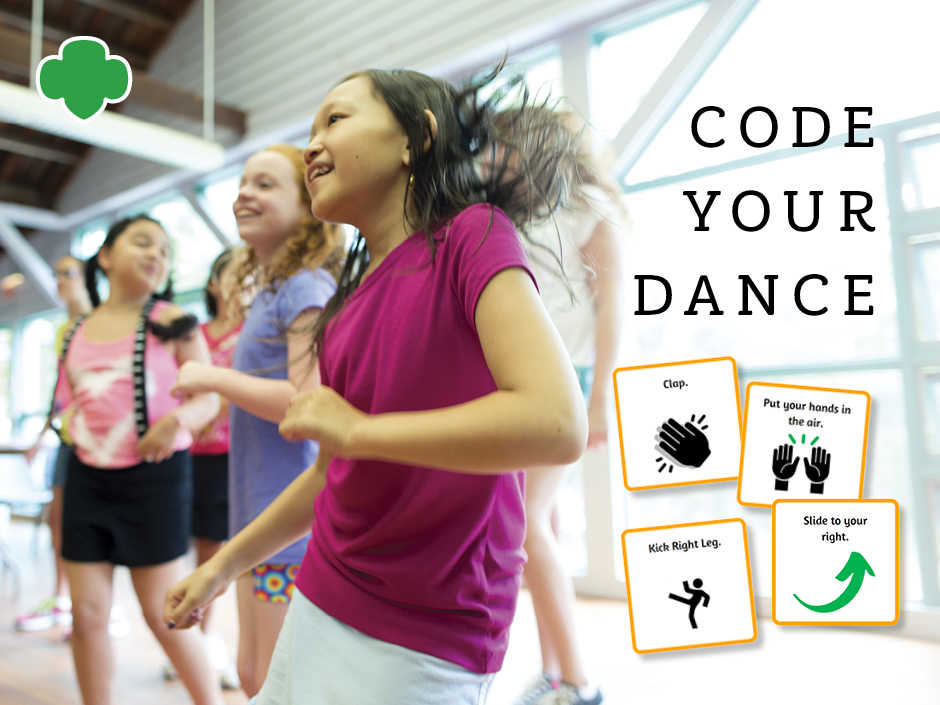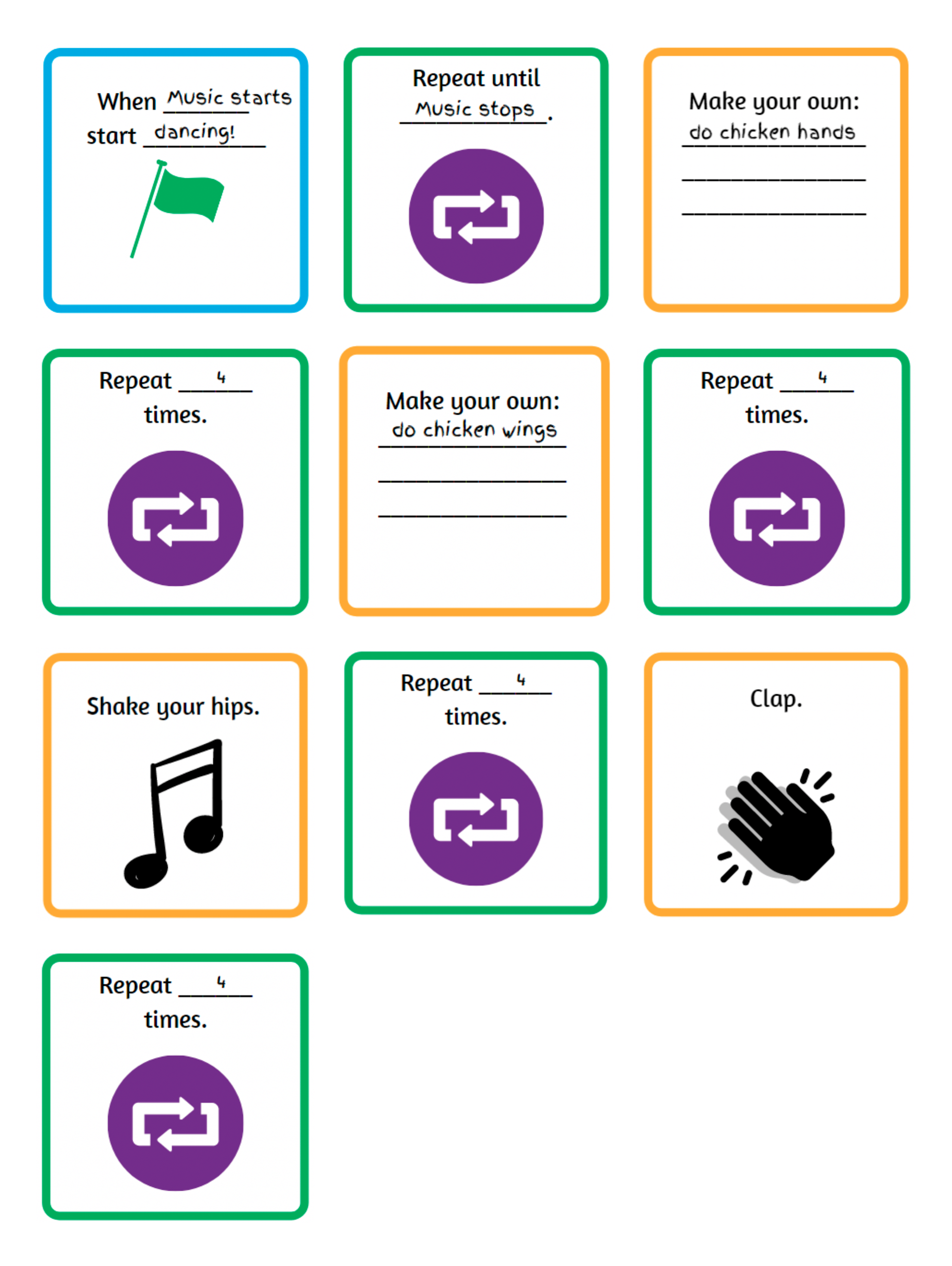 Computer programming is an invaluable skill that teaches problem-solving, critical thinking, and technical skills important for future careers. With all the social distancing we are doing right now, digital resources and computer programming—a.k.a., coding—skills are more important than ever. So right now is the perfect time for Girl Scouts to start developing these skills and earning their Coding for Good badges while they’re at it!
Computer programming is an invaluable skill that teaches problem-solving, critical thinking, and technical skills important for future careers. With all the social distancing we are doing right now, digital resources and computer programming—a.k.a., coding—skills are more important than ever. So right now is the perfect time for Girl Scouts to start developing these skills and earning their Coding for Good badges while they’re at it!
I know you might be thinking, “How am I supposed to help my Girl Scout learn to code? I know my way around my computer, but I’m certainly not an expert!” And it’s true, very few of us are expert computer programmers, but here’s the best part about this—you don’t have to be an expert.
Follow along with Girl Scouts River Valleys in our new weekly coding series over the next several weeks to get helpful hints on teaching computer code basics. We’ll introduce different activities with and without computers, and I guarantee the whole family will be coding in no time.
So, what exactly is code? Every task a computer performs is driven by a specific set of instructions. These instructions are called code. It’s essential that computer code is written in clear, concrete steps because the computer follows these steps exactly. It’s similar to how you might carefully follow your favorite recipe.
Today, we’re going to write instructions, or a code, to a dance. You’ll need good dancing music (we recommend the Girl Scout anthem, “Watch Me Shine”) and Code Your Dance Cards. You can print the cards or copy them onto a sheet of paper.
Learn the Parts of Our Code
Yellow Cards
Yellow cards are action cards. These are the cards that tell you what dance moves to do. Example: “Clap your hands.”
Green Cards
Green cards are loop cards. Loops are when an action (or series of actions) are repeated. Example: “Repeat ___ times.”
Blue Cards
Blue cards are event cards. These cards tell you when to do something. Example: “When ______, start _______.”
Additional Cards
- We also have an AND card so you can do multiple moves at once! Example: “Clap your hands AND stomp your feet.”
- You’ll notice some cards have blanks. On these cards, feel free to fill out what you want!
Let’s look at a couple of examples together. First, you can check out a Girl Scouts River Valleys staff member dancing to her code—look at her go!
Otherwise, are you familiar with the chicken dance? What would that dance look like using these Code Your Dance Cards?
It would probably look something like:

It’s Your Turn to Code a Dance!
Use the Girl Scout anthem, “Watch Me Shine” to write your code. You can print our cards or write them on a sheet of paper. Next, you’ll have to test it out! Remember that coding can be challenging and you might not get it perfect on the first try. Debugging happens when computer scientist fixes errors in their code. In this case, you might notice that an important step of your dance is missing, or something is in the wrong order—if that happens, no worries, debug it and try again!
Once you have perfected your code choreography, submit your code for its ultimate test—is it clear enough for someone else to read and perform? Five codes will be randomly selected to be danced by staff members here at Girl Scouts River Valleys and some special guests!
You can submit your code using this web form. Submit your entries by Tuesday, March 31 at 11:59 pm CST. Please limit your code to approximately 30-seconds of dancing.
The selected codes will be revealed on social media on Wednesday, April 1. Happy coding!
 Abby Lown – Abby is a STEM Program Coordinator at Girl Scouts River Valleys. She graduated from the University of St. Thomas with a degree in Biology and spent three years teaching in the Peace Corps in Mozambique. When she isn’t creating cool STEM programs for Girl Scouts, she loves finding new adventures in the Twin Cities or trying her hand at a new recipe.
Abby Lown – Abby is a STEM Program Coordinator at Girl Scouts River Valleys. She graduated from the University of St. Thomas with a degree in Biology and spent three years teaching in the Peace Corps in Mozambique. When she isn’t creating cool STEM programs for Girl Scouts, she loves finding new adventures in the Twin Cities or trying her hand at a new recipe.